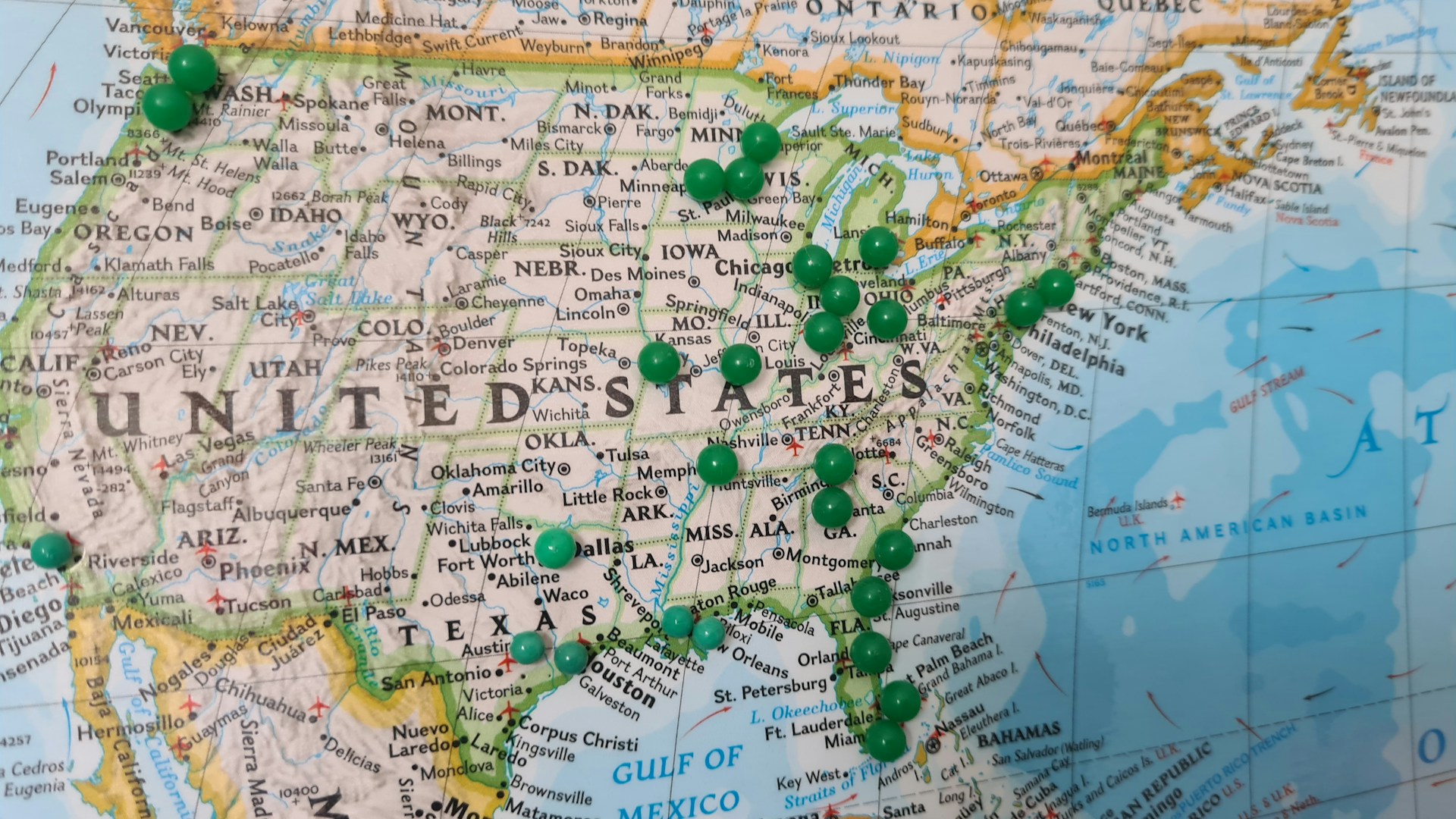Most homes feel predictable until the rules behind ordinary objects come into view. Across different countries, lawmakers have quietly pushed some familiar products off shelves or wrapped them in strict conditions. Some changes trace back to child injuries, others to poisoned rivers, flammable fumes, or violent misuse. Each decision edits the background of daily life in ways most people never notice, showing how safety, science, and shared responsibility now sit inside everyday closets and cupboards. Viewed together, these rules map how risk tolerance at home has shifted in just a few decades.
High Powered Magnet Desk Toys
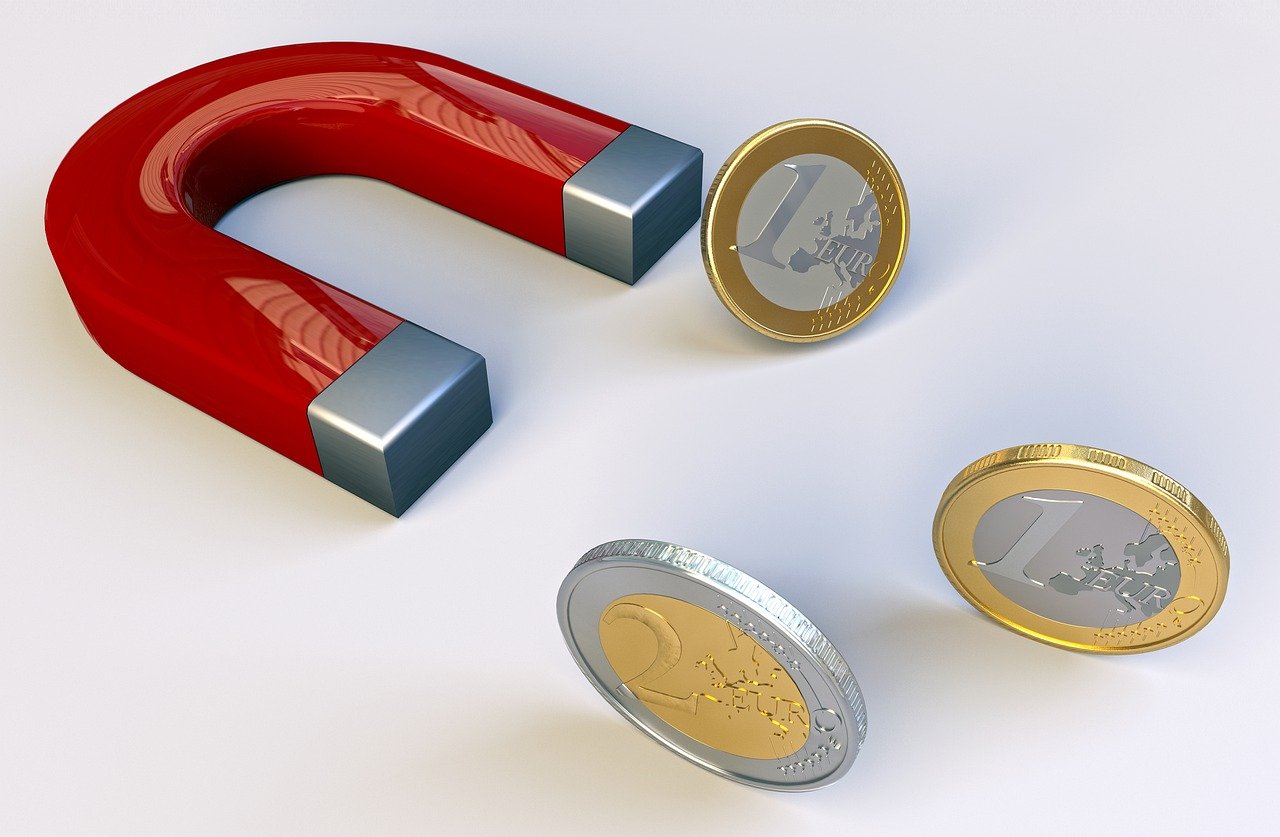
Tiny rare earth magnet sets once sold as desk puzzles are now tightly restricted in several markets after surgeons linked swallowed beads to perforated intestines and emergency surgeries. Regulators treat loose, high strength magnets as hazardous when individual pieces are small enough to pass through a child’s airway or gut yet strong enough to lock together internally, so many brands vanished or returned under stricter federal standards.
Traditional Incandescent Light Bulbs
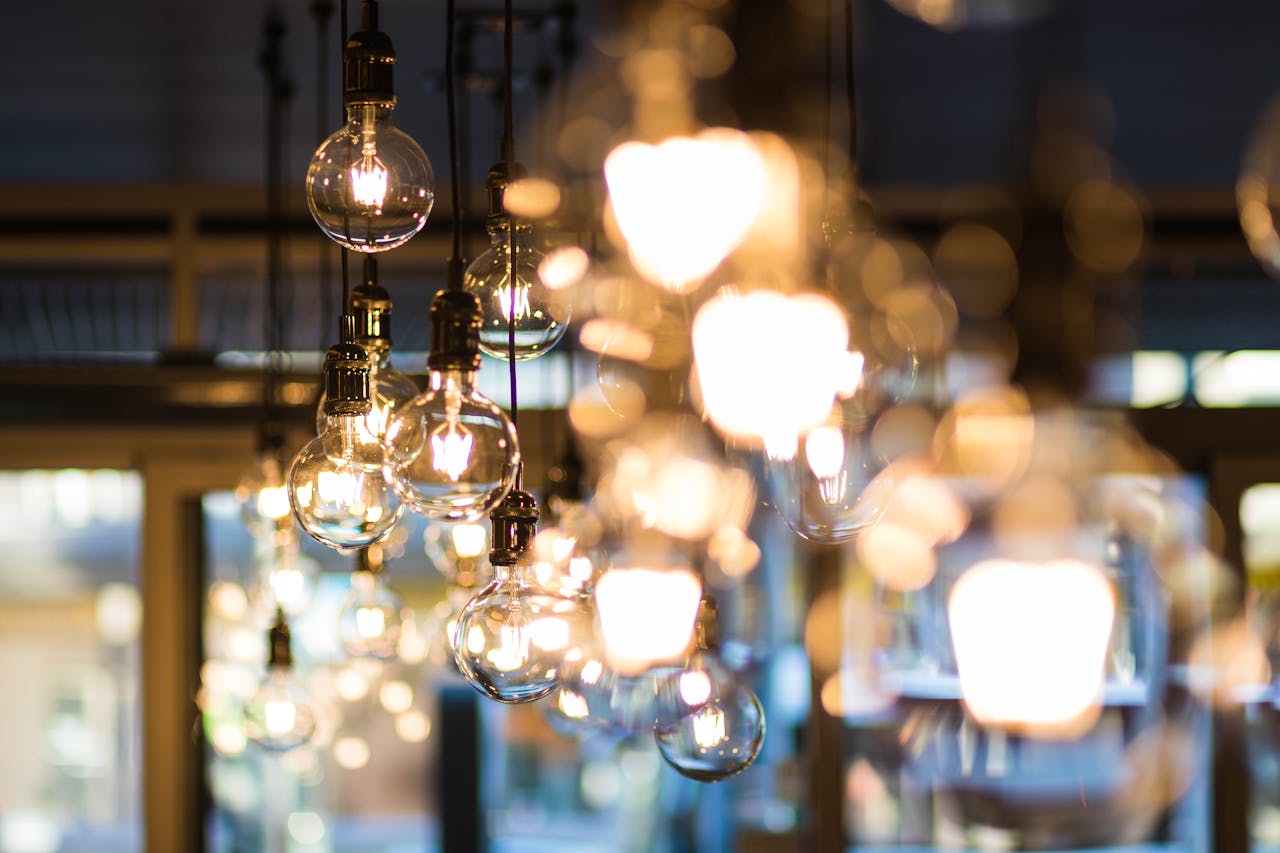
Classic incandescent bulbs, once the default in every lamp, are effectively sidelined in many regions by efficiency rules that demand more light per watt. The aim is simple: cut wasted energy and emissions while leaving narrow exemptions for specialty uses. In places where newer rules remain in force, store shelves tilt toward LEDs and advanced halogens, so the warm filament glow survives mainly as a niche indulgence or a talking point in policy debates.
Phosphate Heavy Detergents
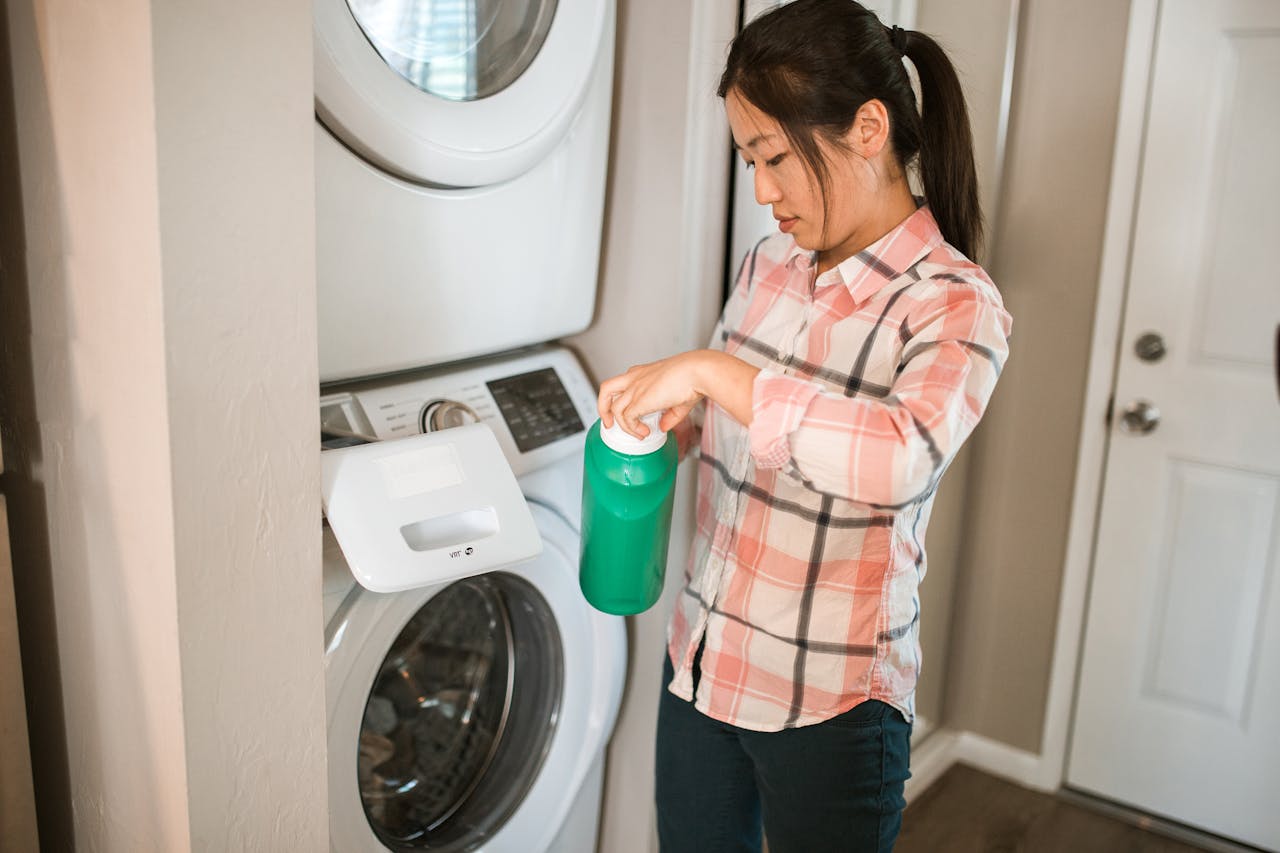
High phosphate laundry and dishwasher detergents delivered bright results while quietly feeding algal blooms and dead zones downstream. In response, the European Union and many North American jurisdictions capped or banned phosphate levels in household products, forcing brands to redesign formulas rather than labels. Sinks still fill with foam, but chemistry has shifted toward alternatives that clean dishes and fabrics without treating lakes, rivers, and coastal waters as the hidden cost of spotless homes.
Crib Bumpers And Inclined Sleepers
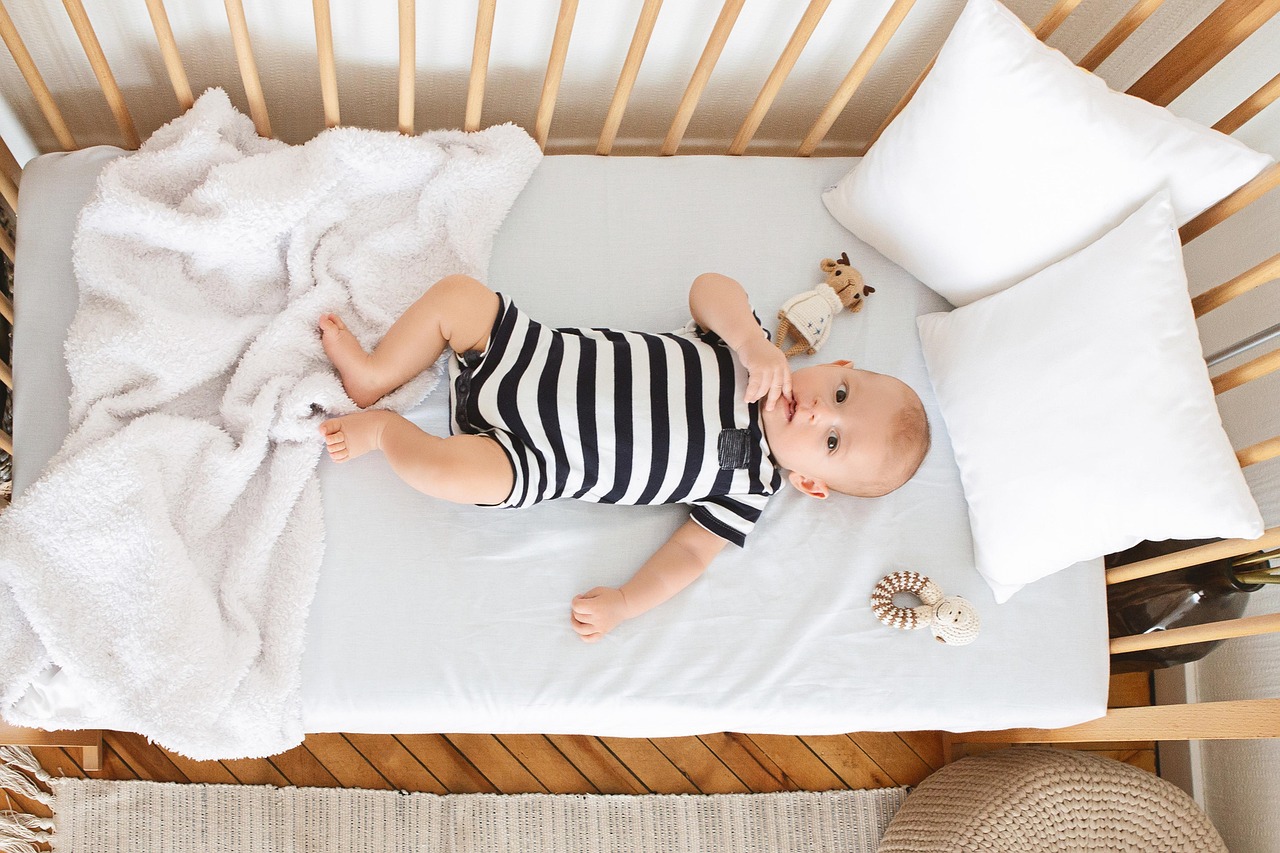
Padded crib bumpers and inclined sleepers once signaled thoughtful comfort, yet investigations tied them to suffocation, entrapment, and unsafe sleep angles for infants. In the United States, the Safe Sleep for Babies Act now designates crib bumpers and many inclined sleepers as banned hazardous products, while pediatric groups urge families to avoid them entirely. A soft looking accessory became a regulatory red flag, underscoring that sentimental design cannot outrun clear data on infant safety.
Baby Walkers
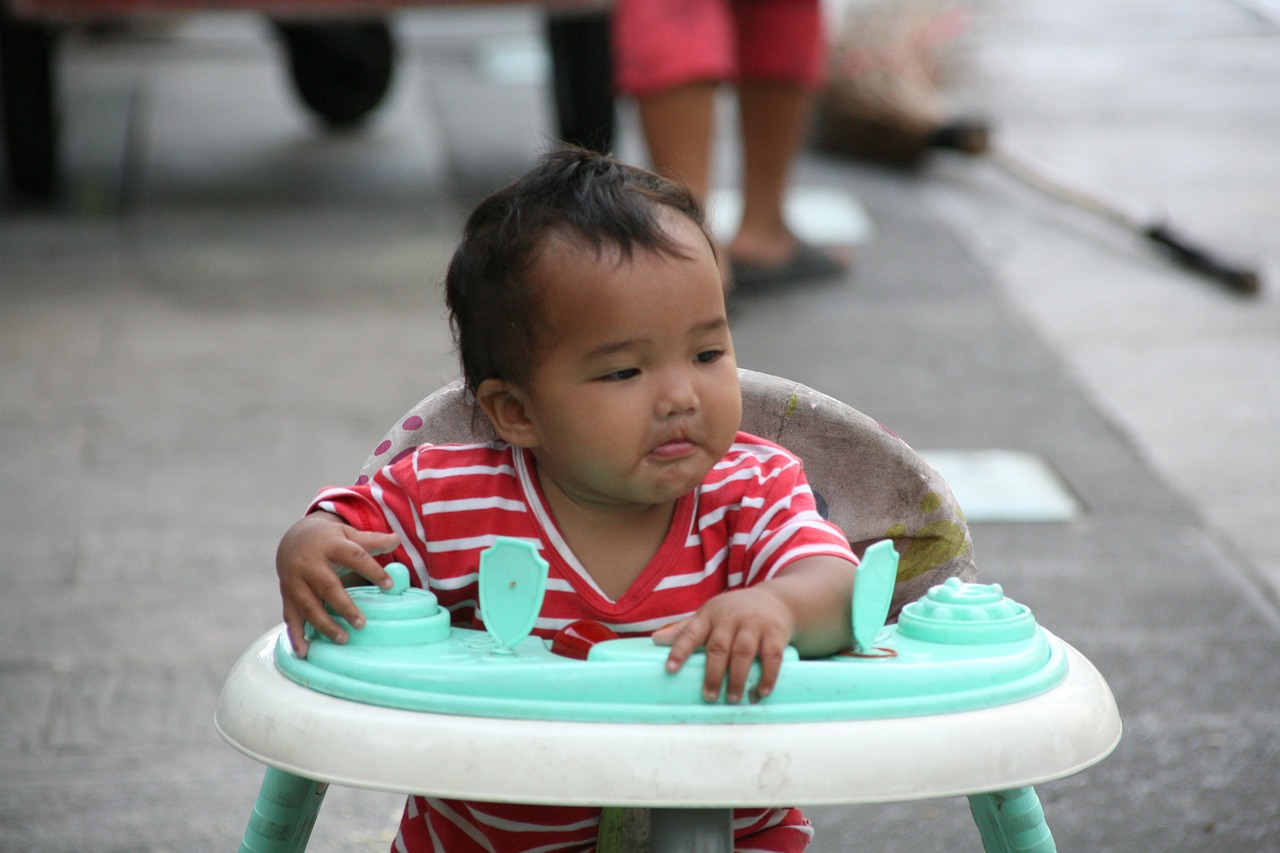
Wheeled baby walkers, long sold as tools for early mobility, sharply increased falls down stairs, burns from stoves, and sudden access to hazards. Canada went further than most by banning their sale, import, and advertisement outright, with penalties even for reselling them. Other countries rely on stricter standards and strong warnings, but the underlying conclusion is similar: faster movement in a small space can multiply dangers far more than it builds useful skills.
Mercury Fever Thermometers
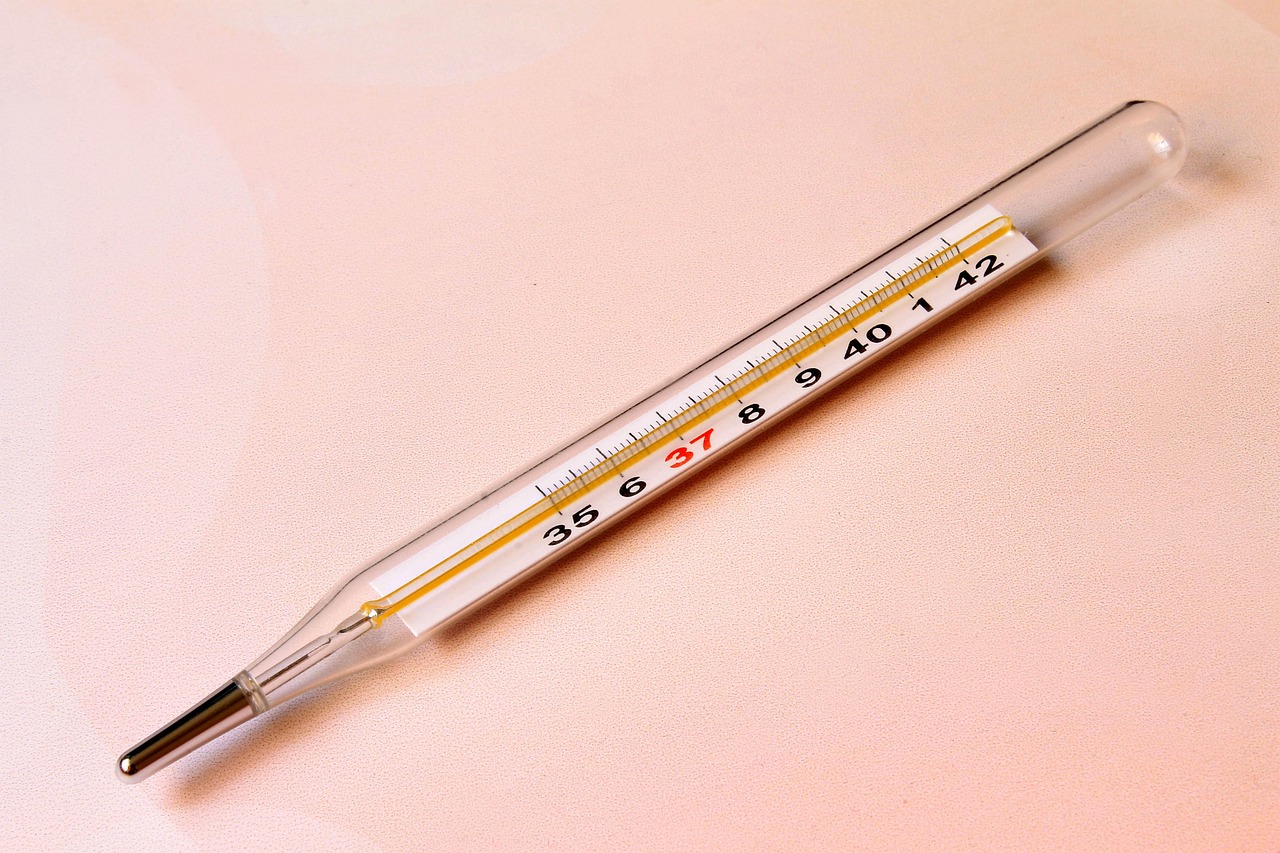
The slim glass thermometer filled with silver metal has shifted from staple to liability. Guided by the Minamata Convention and national policies, many countries have phased out most consumer mercury thermometers because broken glass can leave toxic residue in carpets, drains, and landfills. Digital thermometers slid into their place with little fanfare, turning what was once an everyday measuring tool into controlled waste in clinics and a nostalgic artifact in medicine cabinets.
Naphthalene Mothballs
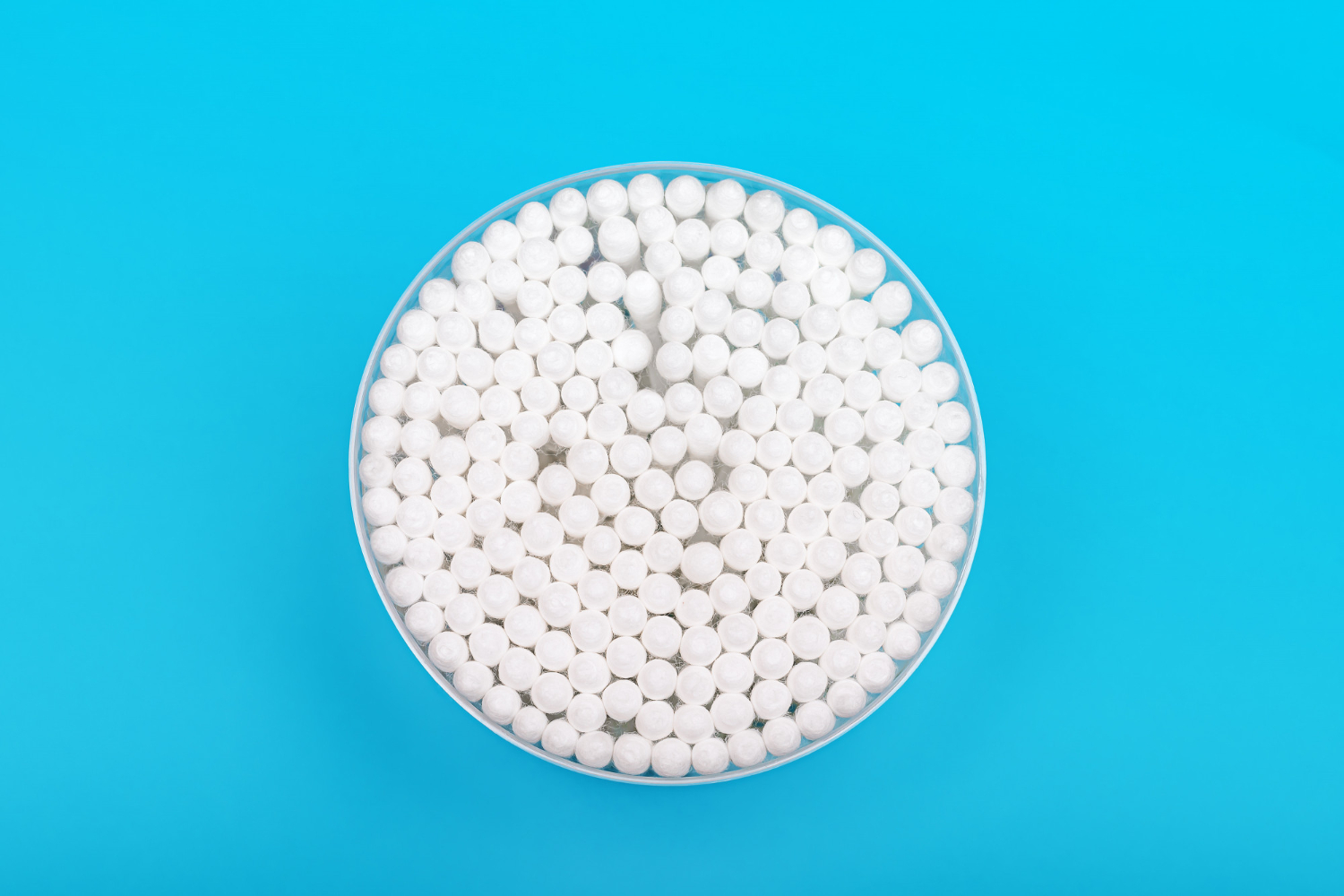
Old style naphthalene mothballs, trusted for trunks and wool coats, now sit under a harsher spotlight for links to cancer risks, blood disorders, and indoor air contamination. The European Union and several other regions banned or heavily restricted them, and many countries treat off label uses as unlawful. Modern pest solutions rely on sealed containers, alternative chemicals, or physical barriers, while the sharp, lingering smell of traditional mothballs carries an added hint of regulatory alarm.
Single Use Plastic Shopping Bags

Thin plastic shopping bags, once handed out by reflex, now sit at the center of bans, fees, and strict rules in countries and states battling littered streets and polluted coasts. From Kenya and Rwanda to the European Union and multiple U.S. states, lawmakers push households toward reusable totes and sturdier, regulated bags. What used to be an afterthought at checkout has become a daily vote on convenience versus harm, counted in fewer scraps across fields, rivers, and beaches
High Strength Drain Cleaners And Corrosive Acids

Some high strength drain openers and corrosive cleaners are no longer treated as casual aisle grabs in parts of Europe and the UK. Laws and industry codes limit public access to products with concentrated acids or oxidizers, sometimes requiring age checks or licenses after their role in violent assaults and severe home accidents. Households still clear clogs, but the strongest formulas now occupy a space closer to controlled chemicals than ordinary cleaning supplies.


